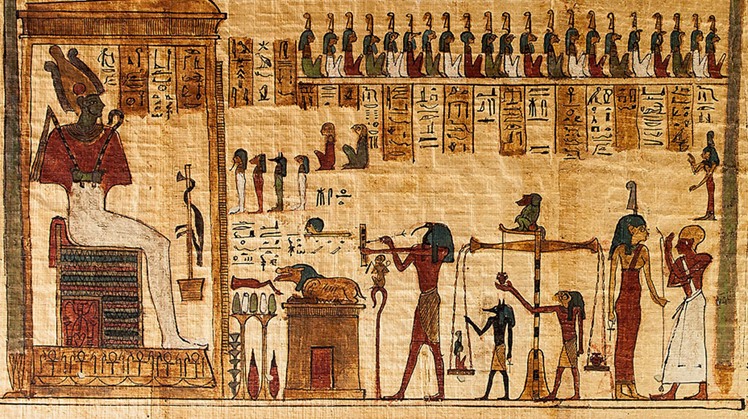The Early Dynastic Period of the Ancient Egyptians was roughly contemporaneous with the early Sumerian and Akkadian civilization of Mesopotamia and ancient Elam, where the Egyptian priest Manetho or Manetho in the third century BC grouped the long dynasty of kings from Mina to his time into 30 dynasties, a system still in use until Today, his official history began with King "Mena", who is believed to have united the kingdoms of Upper and Lower Egypt.
The transition to a united state occurred gradually while scholars believe that the legendary Mena was King Narmer, who is depicted wearing royal garb on the ceremonial Narmer Palette in a symbolic act of unification.
In the Early Dynastic period, beginning around 3000 BC, the first dynasty kings consolidated his control over Lower Egypt by establishing a capital at Memphis, and he was able to control the workforce and agriculture in the fertile delta region, as well as profitable and crucial trade routes to Egypt. Levant according to the book of the early Egyptian dynasties.
The increasing power and wealth of kings during the Early Dynastic period was reflected in their elaborate tombs at the mastaba and mortuary cult structures at Abydos, which were used to celebrate the deified king after his death. The powerful royal institution that the kings developed helped legitimize the state's control over the land, labor, and resources that were essential to the survival and growth of ancient Egyptian civilization.
 Sun, Dec. 26, 2021
Sun, Dec. 26, 2021